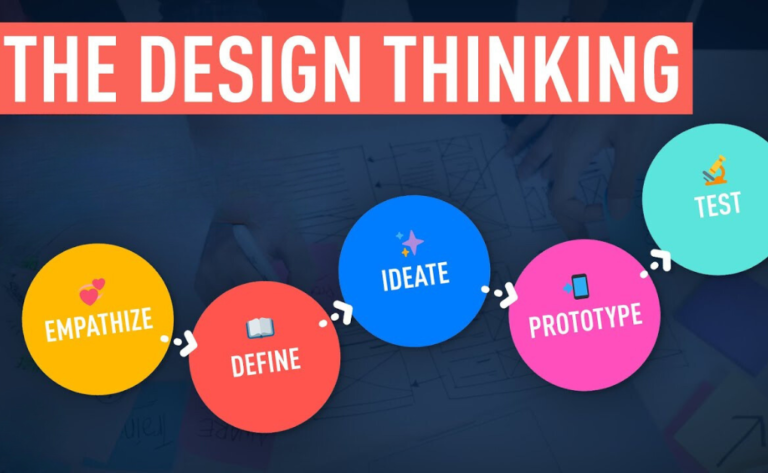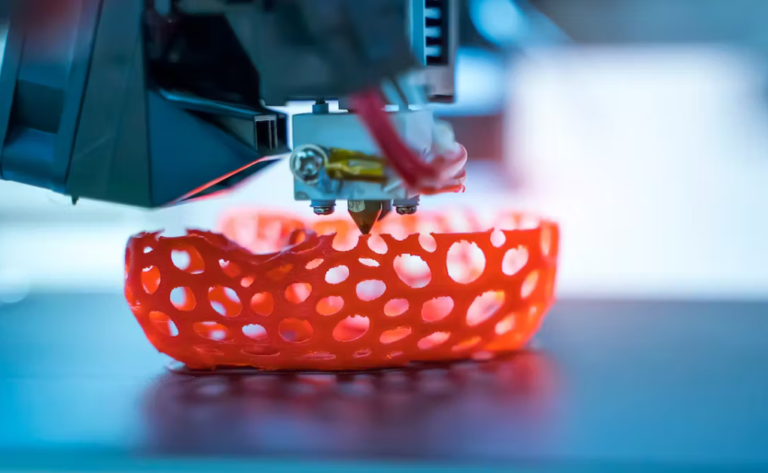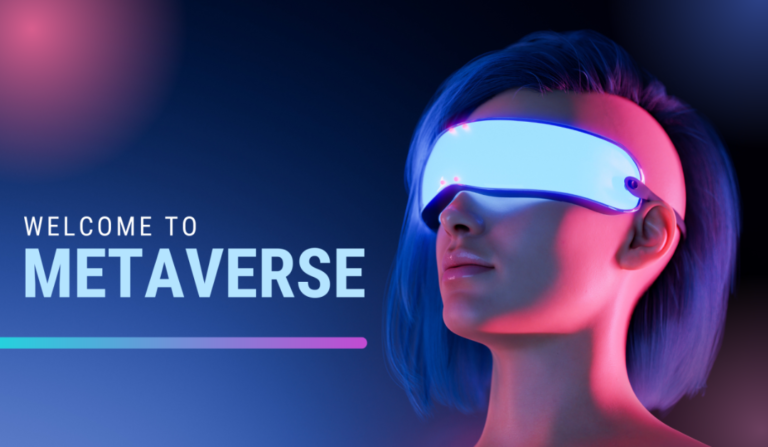Product Design Process: From Concept to Creation
Product Design Process: From Concept to Creation, In the world of innovation and creativity, product design stands as the cornerstone of bringing ideas to life. Designing Successful Products: A Revolutionary Formula for Creating Innovative, Market-leading Items that Stand Out in a Crowded Marketplace. Welcome to our Blog! We’re going to go on an interesting journey of products design with the help of this post and look at every stage as well as important points in terms of transforming concept into tangibility.
Phase 1: Ideation and Conceptualization

The journey of a product begins with a spark of creativity. During this phase there are brainstorm session where designers, engineer and stakeholders come up with numerous ideas of their own. The ideation phase is responsible for determining whether success will be achieved by satisfying a consumer need, finding a solution to a problem, or making use of a prevailing market trend before the product takes shape.
Key Steps:-
- Conduct market research to identify trends, gaps, and consumer preferences.
- Create mood boards, mind maps, and sketches to visualize potential concepts.
- Prioritize ideas based on feasibility, innovation, and alignment with the brand.
Phase 2: Research and Analysis
In this phase, thorough research and analysis are conducted to validate the viability of the selected concepts. This involves understanding user behaviors, competitor offerings, technological possibilities, and potential challenges.
Key Steps:-
- Create user personas to gain insights into the target audience’s needs and expectations.
- Analyze competitors’ products to identify strengths, weaknesses, and opportunities for differentiation.
- Conduct feasibility studies to assess the technical and financial viability of the concept.
Phase 3: Design and Prototyping

With a clear concept and thorough research in hand, designers move on to creating detailed designs and prototypes. This phase bridges the gap between ideas and reality, enabling stakeholders to visualize the product’s form and function.
Key Steps:-
- Develop 2D and 3D models using design software (e.g., AutoCAD, SolidWorks) to create a detailed blueprint.
- Create physical prototypes using rapid prototyping techniques like 3D printing.
- Test and refine prototypes to ensure they meet design specifications and user expectations.
Phase 4: Testing and Iteration
Testing is a critical phase where prototypes are rigorously evaluated for functionality, usability, and durability. Feedback from testing guides iterative refinements, ensuring the final product aligns with user needs.
Key Steps:-
- Conduct usability tests to assess user interactions and identify areas for improvement.
- Perform engineering tests to ensure the product meets technical specifications and safety standards.
- Gather feedback from stakeholders and users to refine design elements and address issues.
Phase 5: Final Design and Production

Finally, the design is refined and tested and the final specifications ‘set’ before the product is moved into production. In this aspect, comprehensive manufacturing plans must be made, raw materials have to be selected, and production techniques have to be set up.
Key Steps:-
- Create detailed engineering drawings and specifications for production.
- Choose materials that meet design requirements and manufacturing constraints.
- Develop a production plan, including quality control measures and production timelines.
Phase 6: Launch and Market Entry
The product is now ready to make its debut in the market. A successful launch involves strategic marketing, distribution, and customer engagement to ensure a strong entry and positive reception.
Key Steps:-
- Develop marketing campaigns to create awareness and generate buzz.
- Establish distribution channels and partnerships to reach the target audience.
- Monitor customer feedback and reviews to make any necessary post-launch adjustments.
Conclusion:-
 The product design process is a meticulously orchestrated journey that demands creativity, technical expertise, and a deep understanding of user needs. Each step, starting with the “spark” of an idea and culminating with the product “hitting the shelf,” builds upon the next and ultimately determines success or failure. Designers and engineers can generate products that meet users’ expectations and go beyond them through adopting a structured design process and iterating in response to practical feedback from the environment. Hope this blog will help you to know about, Product Design Process: From Concept to Creation.
The product design process is a meticulously orchestrated journey that demands creativity, technical expertise, and a deep understanding of user needs. Each step, starting with the “spark” of an idea and culminating with the product “hitting the shelf,” builds upon the next and ultimately determines success or failure. Designers and engineers can generate products that meet users’ expectations and go beyond them through adopting a structured design process and iterating in response to practical feedback from the environment. Hope this blog will help you to know about, Product Design Process: From Concept to Creation.







